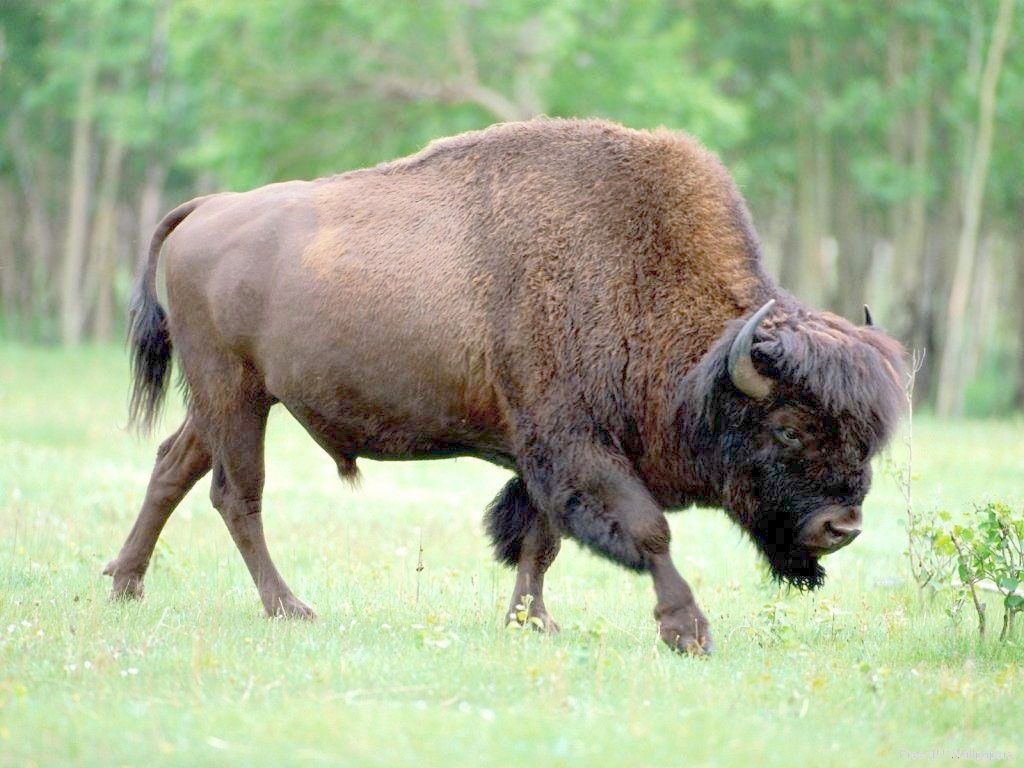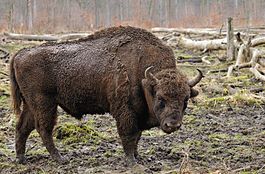General information about keeping a cow
If you know how to observe well, you can see animals everywhere.
Each animal has its own “address”, you just need to be able to find it. They have adapted perfectly to their living conditions. Pets live with us. Animals feed on plants. They are called herbivores. Herbivores are horses, cows, and sheep. Many animals detect a much larger number of odors, and incomparably weaker ones, than those perceived by humans. Animals can also reproduce and hear sounds. Animals communicate with each other using conventional signs. This language allows you to express states of joy, fear, anxiety, anger, melancholy, hunger, and restlessness. By feeling objects, they recognize their shape, temperature, and hardness. A gentle touch is pleasant to cows and horses. Taste serves animals to recognize food. The taste warns that plants with an acrid, bitter and burning taste should not be eaten. All animals understand the language of taste. Cows lick each other, gently rubbing their faces, expressing love and care. Animals often help each other in times of danger, to care for their offspring.
Pets - cows
Cow is an old Russian word. Means “grazing”, “chewing, chewing.”
Cows are mammals, artiodactyl animals. The cows are descended from the European and Asian wild aurochs. The domestication of the aurochs occurred 8 thousand years before our era. Many breeds of cows have been developed. Among them there are dairy, meat and meat and dairy breeds. Dairy cows are not large in size, but they produce a lot of milk. Cows of this breed reach up to 550 kilograms. They have a black-and-white or black coloration.
Meat cows tolerate harsh winters and hot summers well. The body weight of these cows is from 550 kg. and more. The coat color is red.
Cows of meat and dairy breeds are large and produce a lot of milk. The body weight of a cow is up to 800 kg.
Cows are kept in special premises - barns. On livestock farms they are kept on a leash. Each cow has its own stall with a feeder and drinker. Between them there are passages for distributing feed and removing manure. The cows are fed fresh grass, hay, straw, and fodder beets. In rural barns, cows can walk freely around the barn and exit it into a fenced-off paddock. In the summer they are driven out to pasture. There they can move a lot and spend more time in the fresh air. They drink water from natural reservoirs. Cows' bedding is changed frequently to keep it clean. A warm and soft bed makes caring for them easier. Cows are milked in special rooms or in barn stalls using milking machines. At home, cows are milked by hand. Particular attention is paid to raising calves on farms. Cows take very good care of their children. They talk to them, protect them from danger, and express a feeling of love for the calves.
Practical part
I would like to tell you about my observations and research that I conducted. Every house has a cow, some even have two. My parents keep one cow. Her name is "Krasulya". In the old days they said that if you have a cow, it means you will always be full. These are milk, butter, cottage cheese, sour cream, cream, meat - products without which one cannot imagine life in the village. Anyone who keeps cows cannot do without these products. If cows can be assessed according to various standards of beauty, then our Krasulya is the most beautiful cow. She is short, with graceful horns, and red in color. Krasula from dairy breeds. She makes amazing milk. In summer, the milk is fatty, yellow in color, and very tasty. There is so much of it that my mother gives it to relatives. I really like watching Krasulya. This is an amazing animal that perceives and understands everything in its own way. She is very smart, her eyes are very large and shine with kindness and affection. Krasulya has her own daily routine: at 7 o’clock in the morning my mother goes to milk the cow, then releases it into the pasture. She grazes in the meadow all day with other cows. There she eats fresh, juicy grass and drinks from the pond, so Krasulya produces very tasty milk. Then she comes home in the evening, a delicious treat awaits her. After a while, mom goes to milk the cow, and then dad gives her water. I also noticed that until my mother milks Krasulya, she will not go to bed. While Krasulya is in the pasture, dad cleans the yard to make the cow comfortable. After all, cleanliness protects against germs and various diseases. In winter, Krasulya stays on a leash in the yard, eats hay and mixed feed, so in winter the milk is not fatty and white, like a “cloud”. Sometimes it happens that mother does not have time to feed Krasulya on time, then she begins to moo loudly, that is, she expresses her dissatisfaction. This is how extraordinary my cow is. I also noticed that a cow spends about seven hours a day chewing food. There are more than ten different melodies in cow mooing. The cow distinguishes sour, sweet, salty, bitter, but prefers sweet. If a cow is not calm, her weight gain and milk yield may decrease significantly. Anyone who has pets knows well that they are capable of expressing love, joy, fear, melancholy, delight, anger and pain. And how much tenderness, love and intelligence are in the gaze and gentle movements of cows. If we fully understood their language, we would probably be amazed at the depth of feelings and love that hides in cows. Pets love their owners very much. Cows watch their owner's every move, follow him and, with great patience and persistence, wait for affection and treats from him. Health and productivity depend on caring for animals, careful care, timely and adequate feeding, cleaning and disinfection of the premises. Most cows are bred for meat, milk and other food products.



No comments here yet.